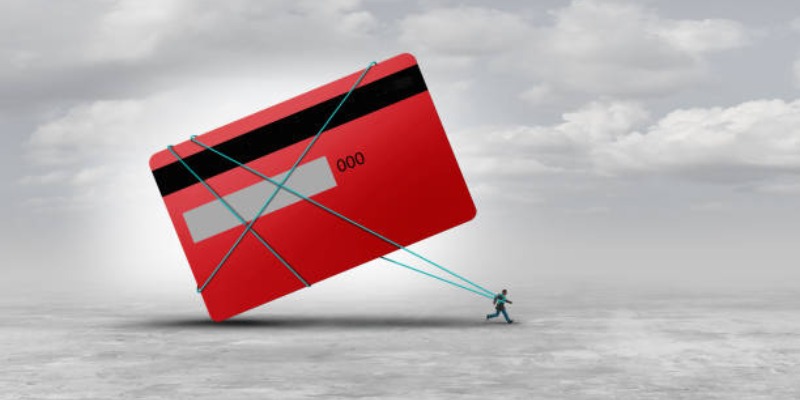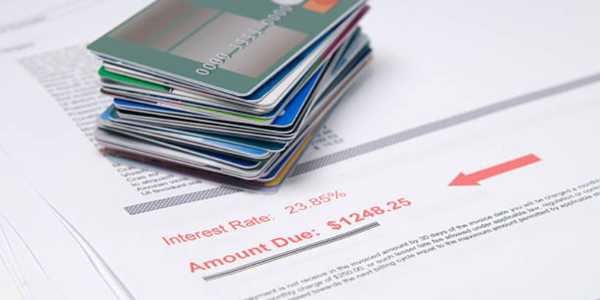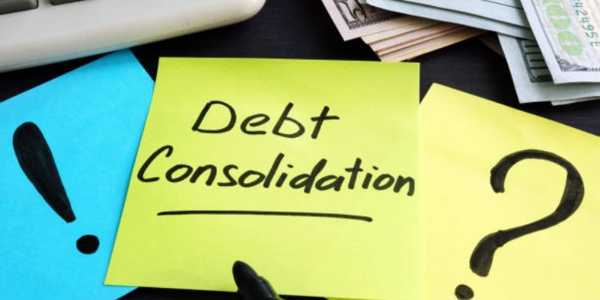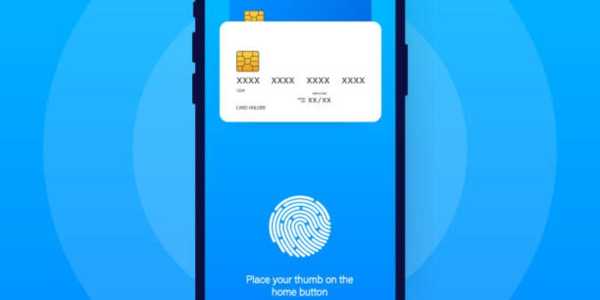General Finance
Credit Card Debt Consolidation: A Step-By-Step Plan
Credit card debt is one of the most common financial burdens in the United States today. For many Americans, managing multiple credit cards with high interest rates can become overwhelming.
Credit card debt is one of the most common financial burdens in the United States today. For many Americans, managing multiple credit cards with high interest rates can become overwhelming.
Debt consolidation provides a clear and compelling path for regaining financial control. This strategy involves combining multiple credit card balances into a single monthly payment, often with a lower interest rate. But it's not a magic solution — it's a structured financial plan that requires discipline, knowledge, and effort.
What Credit Card Debt Consolidation Means
Credit card debt consolidation is the process of combining multiple credit card debts into a single new account. This may be through a personal loan, a balance transfer credit card, or a debt management plan. The goal is to simplify repayment and reduce interest rates.

People often make the mistake of assuming that consolidating debt makes it disappear. It doesn't. It provides a structured approach to managing repayment and saving money over time.
Knowing When Consolidation Makes Sense
Debt consolidation isn’t for everyone. It works best when:
The total credit card debt is manageable (usually under $50,000).
There is a stable income to support monthly payments.
The credit score is strong enough to qualify for favourable terms.
Trying to consolidate debt while ignoring spending habits or living beyond means is like pouring water into a leaking bucket. Before anything else, the leaks — bad habits, compulsive spending, and a lack of budgeting — need to be addressed.
Step 1: Add Up the Total Debt
The first step is getting real. All credit card balances must be listed, including the interest rate, minimum payment, and due date. Many people avoid this step due to shame or fear. But debt doesn't disappear because it's ignored. Knowing exactly how much is owed is the first step in resolving the issue.
This includes everything — store cards, travel rewards cards, and even those "small" cards with only a few hundred dollars on them. Every dollar counts.
Step 2: Check the Credit Score
Before applying for any consolidation method, it is essential to check the credit score. A higher score can open doors to better loan terms and lower interest rates. A score in the 700s can qualify for some of the best personal loan offers, while scores in the 600s might face higher rates or more limited options.
Many free tools exist to check credit scores without affecting them. This isn't just about curiosity — it's a strategic move. The correct score can be the difference between saving thousands in interest and falling deeper into debt.
Step 3: Choose a Consolidation Method
There are several ways to consolidate credit card debt. Each comes with its pros, cons, and requirements. The decision should be based on income level, credit score, and financial discipline.
a. Balance Transfer Credit Card
This involves transferring existing credit card balances to a new credit card with a 0% interest rate promotional period, usually lasting 12 to 18 months.
Pros:
0% interest for a limited time
Simplified payment
Cons:
Requires good to excellent credit
Fees may apply (typically 3–5% of the transferred balance)
Missed payments can end the promo rate
This method is most effective for individuals who can pay off their debt within the promotional period.

b. Debt Consolidation Loan (Personal Loan)
A personal loan from a bank, credit union, or online lender is used to pay off all outstanding credit card balances. Then, a single loan payment is made monthly.
Pros:
Fixed interest rates
Fixed repayment term
Improves credit mix
Cons:
May have origination fees
May require higher credit scores for favourable rates
This is ideal for people who want a predictable payoff schedule and are committed to avoiding new credit card debt.
c. Debt Management Plan (DMP)
Offered through nonprofit credit counselling agencies, a DMP negotiates lower interest rates with creditors and bundles debts into a single monthly payment.
Pros:
Lower interest rates
Structured repayment plan
Financial counseling included
Cons:
It can take 3–5 years to complete
Credit accounts are often closed
Some fees may apply
DMPs are best suited for individuals who require assistance with managing payments and are comfortable with limited credit access during the repayment period.
Step 4: Compare and Apply
After deciding on a consolidation method, it's time to compare offers. Whether applying for a balance transfer card or a personal loan, all terms must be reviewed — not just the interest rate. Consider the repayment term length, fees, penalties for early payoff, and whether there's flexibility in case of emergencies.
Too many people get burned by fine print they never read. Take time to understand precisely what is being signed.
Step 5: Stick to the Plan
Once consolidation is done, there is no room for slacking. No new credit card charges should be made unless the full balance can be paid off by the due date.
Missing payments on a consolidation loan or a balance transfer card ruins the benefits of the process. Late fees, higher interest rates, and damage to your credit score come rushing back.
This step is the most important because discipline is everything. Anyone can apply for a loan. Not everyone can stick to a plan.
Step 6: Address the Root Cause
It’s not just about the debt — it’s about how the debt was created. Was it medical bills, job loss, poor spending habits, emotional shopping, or trying to impress people?
If the behaviours or circumstances that caused the debt in the first place aren't addressed, the cycle will repeat itself. Some may need to work with financial counsellors. Others may need to grow up and stop trying to live a lifestyle they can't afford.
Credit card debt doesn't happen overnight, and resolving it takes more than just getting a new card or a fancy loan. It takes a mindset shift. It takes honesty. It takes growth.

How to Avoid Falling Back into Debt
Consolidating credit card debt is just one part of the journey. Staying out of debt requires constant attention. Here are a few habits to keep in place:
Set a monthly budget and track every dollar.
Build an emergency fund to cover at least three months of expenses.
Limit credit card usage to emergencies or planned purchases only.
Regularly review credit reports for accuracy.
Cancel unused subscriptions and cut unnecessary spending.
When money is respected and managed correctly, it begins to work in favour of its owner — not against them.
When to Seek Help
There's no shame in needing help. If debt continues to spiral out of control or income is insufficient to cover the minimum payments, it may be time to speak with a certified credit counsellor or consider professional debt relief programs.
Ignoring the problem doesn’t make it go away. Pretending to be fine while drowning in bills is not strength — it’s self-sabotage.
Adulthood is about taking responsibility. Financial peace isn't just for the rich. It's for those who are ready to manage their finances like adults, make sacrifices, and navigate the challenging path to stability.
No shortcuts. Just the truth. And the truth is, consolidation works — when done right.
Trending









